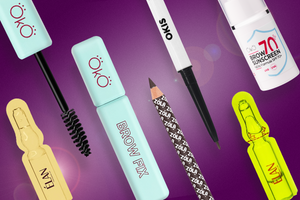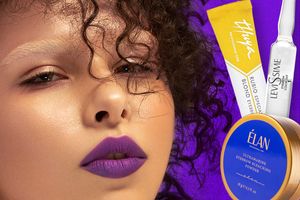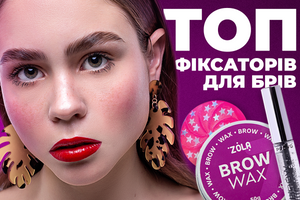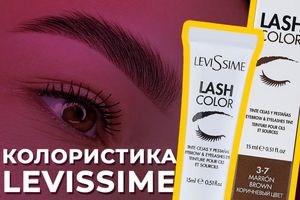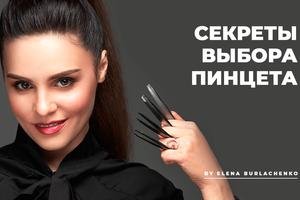Imagine if there was a ranking of a brow specialist's nightmares... One of the top spots would be taken by severe eyebrow asymmetry. Specifically, not the asymmetry itself, but the client's desire to quickly make the eyebrows as symmetrical as possible despite this feature. Unfortunately, in most cases, attempts to correct severe asymmetry result in failure: the specialist either fails to meet the client's wishes or the disproportion becomes even more noticeable.
So the question arises: how to work with severe eyebrow asymmetry, what techniques to use, and what to avoid?
What is asymmetry and what types are there?
It is a well-known fact that everyone has some degree of facial asymmetry. This is the unevenness of the right and left halves of the face. The main reason for such asymmetry is the unevenness of the skull bones, and its intensification is due to the specific features of a person's facial expressions. Moreover, it is interesting that the manifestations of asymmetry are consistent: if one half is higher, it will also be narrower. In this case, the eyebrow will also be positioned higher than on the opposite, wider half of the face.
There are two types of asymmetry - congenital and acquired.
Congenital asymmetry - eyebrows are at different levels at three points (beginning, apex, tail). Such disproportions arise from congenital features of the skull bones, often due to heredity. A client with congenital eyebrow asymmetry will also have different eye shapes.
Acquired asymmetry - eyebrows are at the same level at these points: beginning, tail. But the apex of one eyebrow is higher than the other. The causes of acquired eyebrow and facial asymmetry are usually mimic and physiological habits, or past injuries or illnesses. Another very common reason is incorrect eyebrow shaping in the past. Over-plucked eyebrows are a shared pain of both the client and the brow specialist.

How to correct severe eyebrow asymmetry?
Professional brow shaping, as well as dyeing eyebrows and skin, will help visually correct asymmetry. It is important to follow this step-by-step approach.
- Mark three reference points for building the correct brow shape - the beginning of the brow, apex, and tail.
- Determine which brow is higher.
- Draw the higher brow along the hair growth line. At the same time, try not to widen the brow along the top and bottom lines.
- Now move on to the lower brow: comb the hairs upward. This will allow you to see how much you can visually lift the second brow with dyeing.
- Draw the upper line to the width allowed by the brow hairs. The apexes of the brows should be approximately at the same level.
- Draw the lower line. Focus on the brow that is higher. Remove excess hairs, but be careful with the lower brow not to make it narrower.
- Check the starting and tail points to ensure they are at the same level (as much as possible).

What not to do when working with severe eyebrow asymmetry
There is a great temptation to resort to active correction of eyebrow architecture when dealing with asymmetry. But this should not be done for several reasons.
Firstly. The specialist can easily change the brow shape with modeling and dyeing with a long-lasting dye. The client will be very pleased because they got what they wanted - identical brows. But after a few days, they will have a problem: the dye will come off the skin, and the client will not be able to repeat all the manipulations with the brows that the experienced specialist did.
Secondly. It is important to consider that when there is severe asymmetry of the brows and eyes, and we want to make the brows identical, the asymmetry of the eyes may become even more noticeable. It is essential to take this feature into account and avoid overly active changes in brow shape.
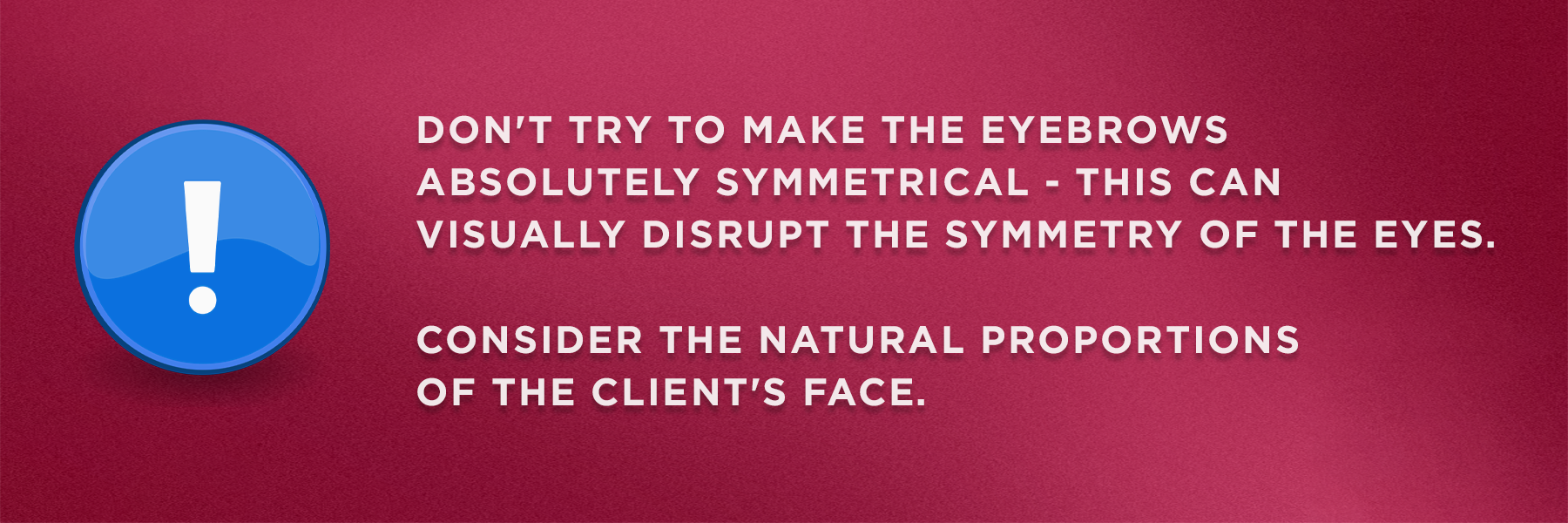
Psychological aspects when working with eyebrow disproportion
Sometimes there are cases when severe eyebrow asymmetry arose precisely because of improper eyebrow architecture and shaping in the past. In such cases, you can correct the shape as much as possible and give the client homework to grow out the hairs for building the correct shape in the future. Be sure to explain to the client where it is best not to touch the hairs at all if they want to remove them themselves between corrections. Also, as a pleasant bonus to the service, you can show how to draw the brow shape with makeup or how to style the hairs with fixing agents. This will be useful when the dye comes off the skin, and the client needs to maintain the brow shape or apply makeup.
It is also important to explain to clients the basic truth: eyebrows are sisters, not twins. We can make them somewhat similar, but by making them perfectly symmetrical, we will highlight the asymmetry of the eyes and face, achieving the opposite effect.
It is essential to adhere to the principle "Everything in moderation" and, when working with asymmetry locally, try not to disturb the overall harmony of the client's facial features.
























































































